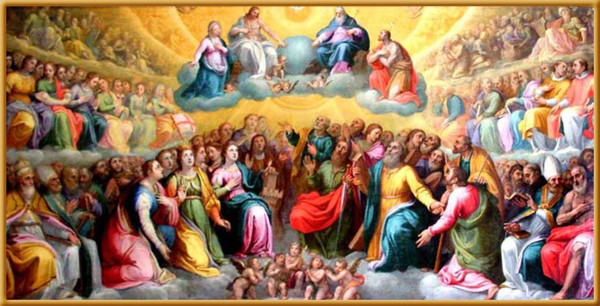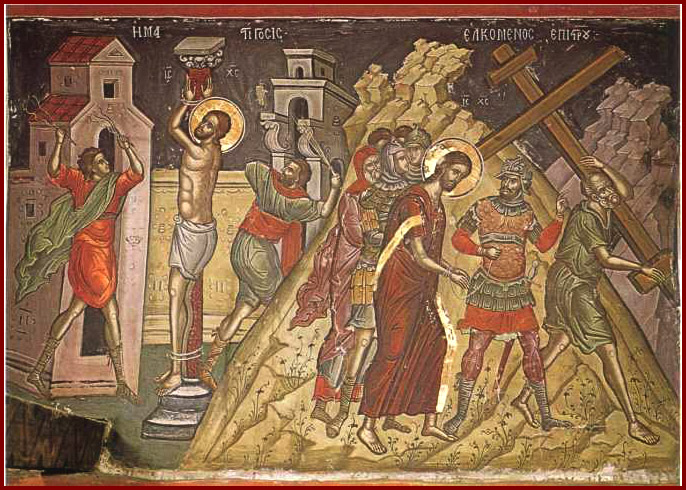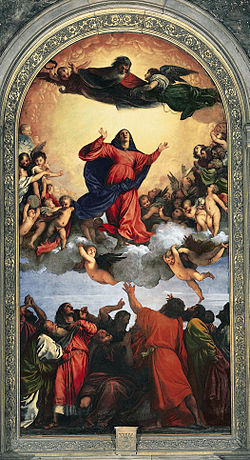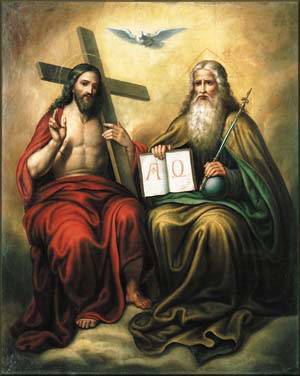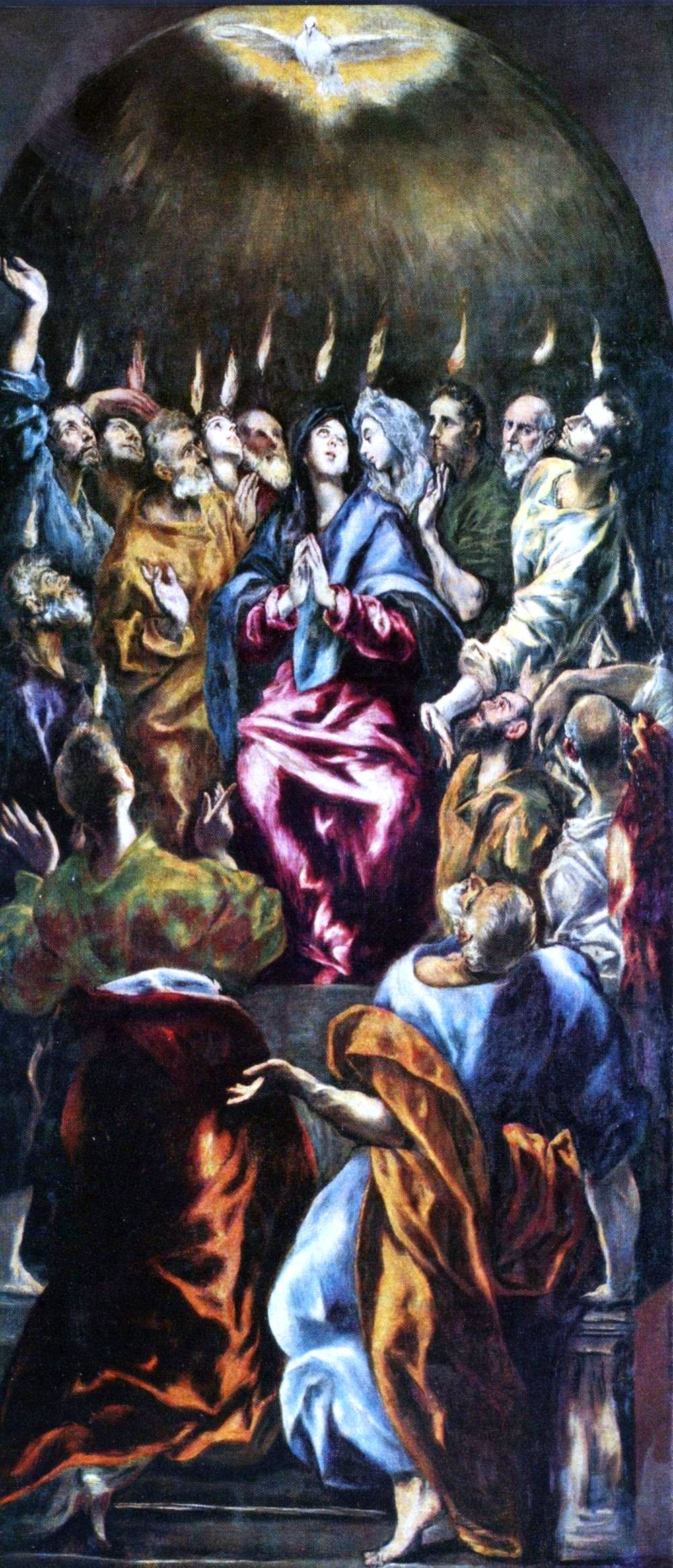All Saint's Day
All Saints' Day is a solemnity celebrated on 1 November by the Catholic Church, and on the first Sunday after Pentecost in Eastern Catholicism, in honour of all the saints, known and unknown. All Saints' Day is the second day of Hallowmas, and begins at sunrise on the first day of November and finishes at sundown. It is the day before All Souls' Day. In Catholic theology, the day commemorates all those who have attained the beatific vision in Heaven. It is a national holiday in many historically Catholic countries. In the Catholic Church and many Anglican churches, the next day specifically commemorates the departed faithful who have not yet been purified and reached heaven. Christians who celebrate All Saints' Day and All Souls' Day do so in the fundamental belief that there is a prayerful spiritual bond between those in heaven (the "Church triumphant"), and the living (the "Church militant"). Other Christian traditions define, remember and respond to the saints in different ways; for example, in the Methodist Church, the word "saints" refers to all Christians and therefore, on All Saints' Day, the Church Universal, as well as the deceased members of a local congregation, are honored and remembered.
Source: Wikipedia
Image:Feniks Magazin
